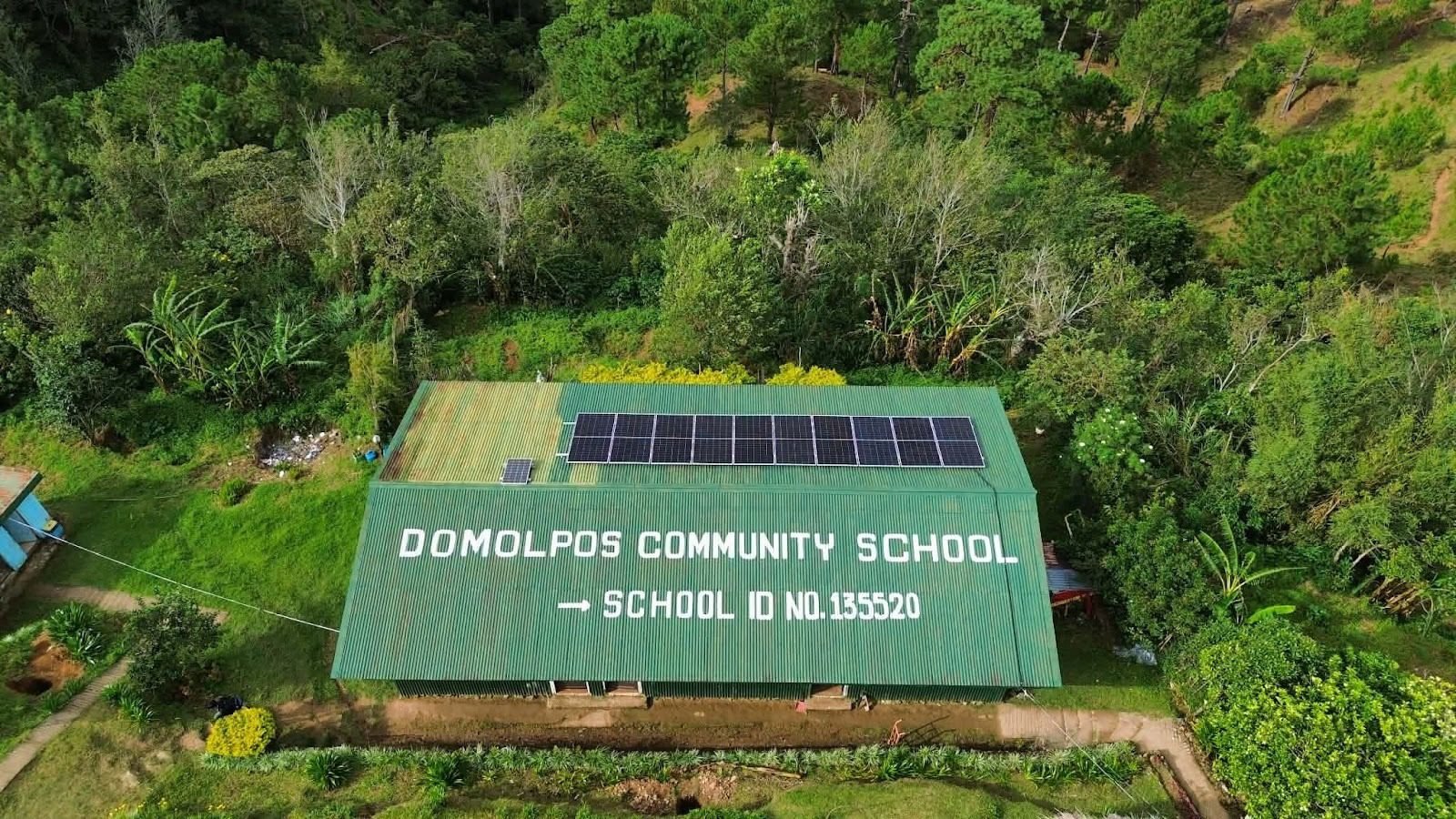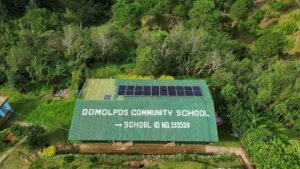The Office of Civil Defense (OCD) underscored the importance of preparedness to mitigate the impact of El Niño. While El Niño has cross-cutting effects across various sectors including agriculture, water and marine resources, human health, and the environment, it is important that both the public and the government do their part to alleviate its effects.

OCD Central Luzon Disaster Risk Reduction and Management (DRRM) Division Chief Shelby Ruiz encouraged the public to read monthly climate advisories issued by PAGASA and coordinate with their local government units (LGUs) for regular updates.
“Since El Niño equates to hotter and drier days, it is important that the public learn and adopt water and energy conservation measures such as checking and fixing water leaks and reporting the same to appropriate authorities. Reusing water and using water efficient gadgets such as high-pressure low volume hoses can also go a long way in our water conservation efforts,” she said.
OCD has been advocating on maximizing rainwater harvesting and storage.
El Niño also strongly impacts agriculture resulting in widespread destruction of crops, fishponds, poultry and livestock.
As such, Ruiz advised farmers to get crop insurance and check advisories from agriculture officials to minimize damage and losses.
On the part of LGUs, she assured that they continuously report to OCD for monitored effects in their localities so that Regional DRRM Council member-agencies can readily augment if needed.
“For OCD, we ensure that affected LGUs are accessing their Quick Response Fund through declaration of a State of Calamity,” she furthered.
A State of Calamity may be declared by LGUs if at least 50 percent of the affected population based on science-based projection are in need of emergency assistance; or at least 30 percent of the means of livelihood on agriculture, business, and industrial sectors are affected.
Since last year, the RDRRMC has been conducting disaster prevention and mitigation thematic area meetings, special meetings, and full council meetings to align initiatives to the national action plan for El Niño.
“We also cascade all directives from the national government down to LGUs and focus our efforts on five critical areas including water security, food security, energy security, health, and public safety in order to increase the resiliency of our communities,” she pressed.
El Niño is a naturally occurring phenomenon resulting from the interaction between the ocean and atmosphere in the central and eastern equatorial Pacific.
The warm phase lasts eight to 12 months and occurs every two to seven years, characterized by warmer temperatures of +0.5 degree centigrade or higher than average.
Its peak may be felt during the second quarter of the year. PAGASA, however, clarified that the impact may still vary from one location to another.(PIA 3)
PHOTO CAPTION:
𝑂𝑓𝑓𝑖𝑐𝑒 𝑜𝑓 𝐶𝑖𝑣𝑖𝑙 𝐷𝑒𝑓𝑒𝑛𝑠𝑒 𝐶𝑒𝑛𝑡𝑟𝑎𝑙 𝐿𝑢𝑧𝑜𝑛 𝐷𝑖𝑠𝑎𝑠𝑡𝑒𝑟 𝑅𝑖𝑠𝑘 𝑅𝑒𝑑𝑢𝑐𝑡𝑖𝑜𝑛 𝑎𝑛𝑑 𝑀𝑎𝑛𝑎𝑔𝑒𝑚𝑒𝑛𝑡 𝐷𝑖𝑣𝑖𝑠𝑖𝑜𝑛 𝐶ℎ𝑖𝑒𝑓 𝑆ℎ𝑒𝑙𝑏𝑦 𝑅𝑢𝑖𝑧 ℎ𝑖𝑔ℎ𝑙𝑖𝑔ℎ𝑡𝑠 𝑡ℎ𝑒 𝑖𝑚𝑝𝑜𝑟𝑡𝑎𝑛𝑐𝑒 𝑜𝑓 𝑝𝑟𝑒𝑝𝑎𝑟𝑒𝑑𝑛𝑒𝑠𝑠 𝑡𝑜 𝑚𝑖𝑡𝑖𝑔𝑎𝑡𝑒 𝑡ℎ𝑒 𝑒𝑓𝑓𝑒𝑐𝑡𝑠 𝑜𝑓 𝐸𝑙 𝑁𝑖𝑛̃𝑜 𝑎𝑠 𝑠ℎ𝑒 𝑚𝑒𝑛𝑡𝑖𝑜𝑛𝑠 𝑖𝑛𝑖𝑡𝑖𝑎𝑡𝑖𝑣𝑒𝑠 𝑜𝑓 𝑡ℎ𝑒 𝑅𝑒𝑔𝑖𝑜𝑛𝑎𝑙 𝐷𝑖𝑠𝑎𝑠𝑡𝑒𝑟 𝑅𝑖𝑠𝑘 𝑅𝑒𝑑𝑢𝑐𝑡𝑖𝑜𝑛 𝑎𝑛𝑑 𝑀𝑎𝑛𝑎𝑔𝑒𝑚𝑒𝑛𝑡 𝐶𝑜𝑢𝑛𝑐𝑖𝑙 𝑎𝑛𝑑 𝑙𝑜𝑐𝑎𝑙 𝑔𝑜𝑣𝑒𝑟𝑛𝑚𝑒𝑛𝑡 𝑢𝑛𝑖𝑡𝑠. (Marie Joy S. Carbungco/PIA 3)














